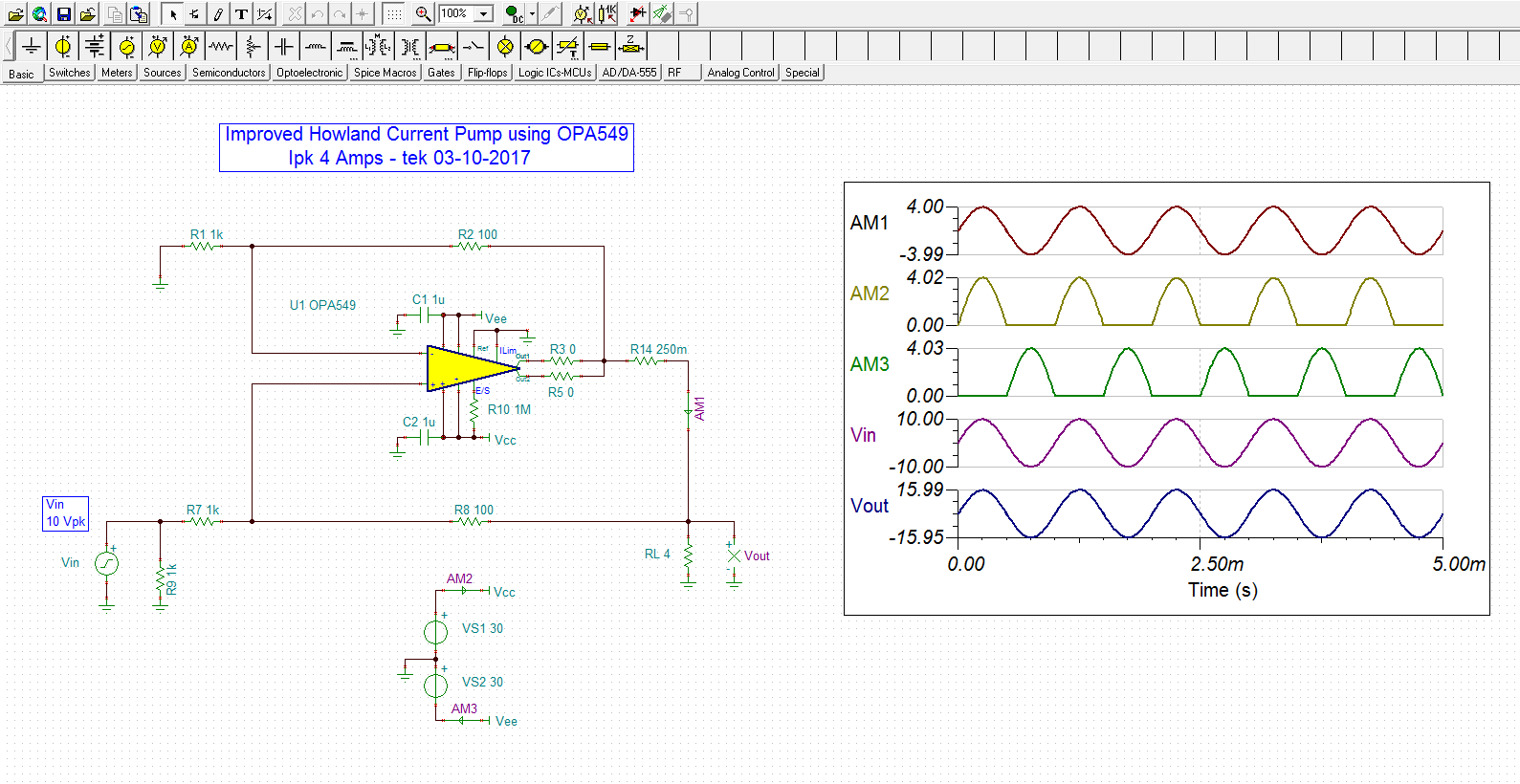Hi,
I want to design a constant AC current source of current variable upto 220mA rms.
The frequency of the current source will be from 400Hz to 1KHz. The impedance range is 18ohm to 60ohm.
Can somebody tell me whether Ti has a readymade solution for this?
If not please help me if you have any idea.
Thanks.



